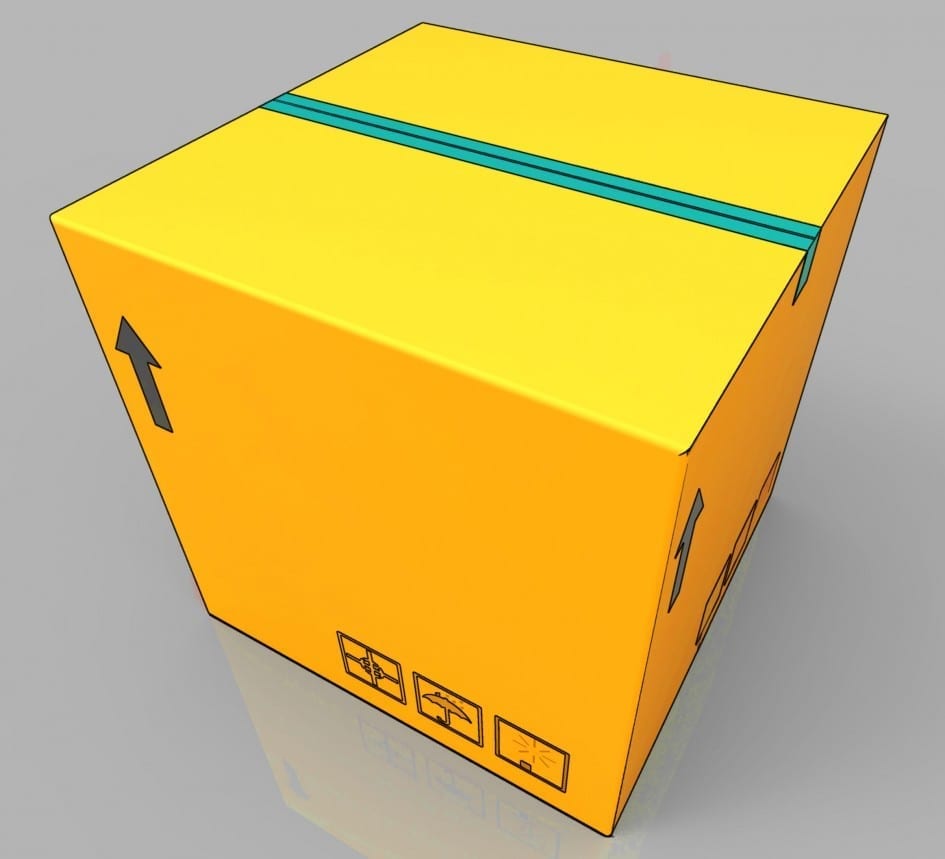 Whether you’ve got giant chunky furniture that won’t fit into your tiny ‘inbetween jobs’ apartment, or expensive pieces that you’re saving for your dream future home, there’s an abundance of people who have to opt for cheap self storage at some point in their lives. Maybe you’re working a six month contract in the capital and need to move everything into self storage as London simply doesn’t allow for you to move into a flat with much more than your suitcase. Perhaps you’re moving home and need to store furniture while you renovate your new property. Whatever your reasons, it is important that all of your bits and pieces are prepared properly for storage. You don’t want to find that you have paid for storage and then neglected to take basic precautions so your stored items are damaged or dirty – this is easily avoidable if you prepare properly.
Whether you’ve got giant chunky furniture that won’t fit into your tiny ‘inbetween jobs’ apartment, or expensive pieces that you’re saving for your dream future home, there’s an abundance of people who have to opt for cheap self storage at some point in their lives. Maybe you’re working a six month contract in the capital and need to move everything into self storage as London simply doesn’t allow for you to move into a flat with much more than your suitcase. Perhaps you’re moving home and need to store furniture while you renovate your new property. Whatever your reasons, it is important that all of your bits and pieces are prepared properly for storage. You don’t want to find that you have paid for storage and then neglected to take basic precautions so your stored items are damaged or dirty – this is easily avoidable if you prepare properly.
Get Your Marigolds On
Every item you place into storage should be cleaned within an inch of its life. Depending on the item you’re cleaning you will need to use vacuums, dusting clothes and various other pieces of cleaning equipment. Whatever it is you use, just make sure you do a thorough job and try to buy cleaning products that add a layer of protection to the item, such as wax for wooden furniture. It is extremely important that the item of furniture is completely dry before it is placed into storage. Moisture on your furniture could cause all kinds of problems like rotting, rusting, damp and discoloration so make sure it is 100% dry before you store it.
Take The Furniture Back To It’s Disassembled Form
If possible, take the furniture apart so it is easier to transfer to the storage unit, and easier to store. You should not attempt to take apart complicated furniture unless you know you can put it back together. If it helps, you could label the parts and take a photograph of which bit went where, which should help with reassembly. Remember to clearly label the separate parts when they are packed as well.
Wrap And Protect
You will need to wrap and protect your furniture properly. This involves more than a simple dust sheet to keep the debris away. You will need to consider which parts of the furniture are most vulnerable during transit. Is there a part of a table or chest of drawers that is particularly delicate? Are the metal parts of your mirror vulnerable to dents? Whichever parts of your furniture are the most vulnerable, wrap and protect them as a priority. Use old blankets, tape and tissue paper to give extra padding. If the furniture is large sometimes foam corners and buffers are useful to protect edges. If you have a particularly odd shaped piece of furniture that is very valuable it would be worth asking the self-storage company for suggestions for packing.
Plan Your Unit Layout
If you don’t plan your unit layout properly, you could end up struggling to get to items you need out first. You could also end up with a bit of a disaster on your hands if some items get crushed, or piles of items fall over and get damaged. Plan a unit packing strategy and put the strongest items at the bottom. Try not to pile anything too high and make sure everything is clearly labelled and visible. As a priority, set it up so you can walk around everything in your unit. Do not arrange it so you cannot get to the back of the unit without pulling items out unless you are absolutely sure you will not want to retrieve individual items.

Recent Comments